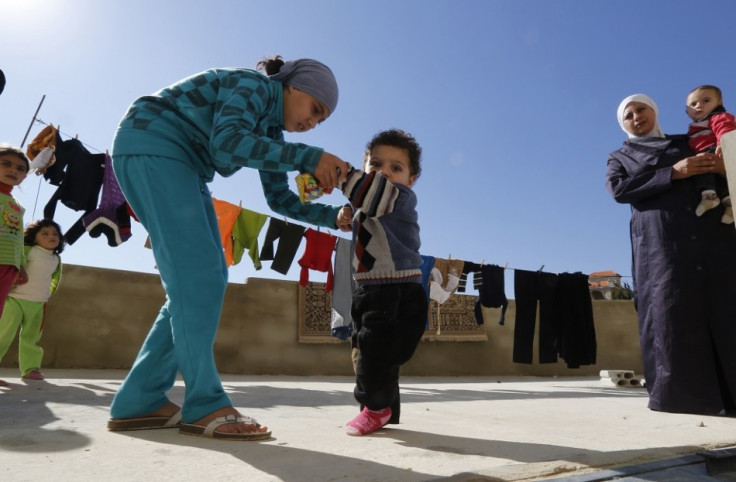Syria Polio Outbreak Among Toddlers as Civil War Wrecks Immunisation Policy
WHO confirms 10 cases of Wild poliovirus type 1 in Syria as civil war wrecks immunisation programme

An outbreak of polio has been confirmed in Syria, with 10 cases of the disease identified in the wartorn country.
The World Health Organisation said: "Wild poliovirus type 1 has been isolated from 10 of the cluster of 22 acute flaccid paralysis cases in Syria."
Acute flaccid paralysis is characterised by weakness or paralysis with no obvious cause and is one of the most common signs of polio.
The outbreak occurred in Deir al-Zour in northeast Syria and was the first in 14 years. WHO warned that the disease could spread across the region. The civil war has wrecked much of the country's infrastructure.
Officials were awaiting the results of the other 12 suspected cases, Oliver Rosenbauer, a spokesman for WHO said.
Polio is an acute viral infections disease that can be spread from person to person. It is normally transmitted in unsanitary conditions through food or liquid being contaminated with faeces. It attacks the nervous system and can paralyse or kill those affected.
Communicable disease
Epidemics have crippled thousands of young children in the past and there is no cure for polio but it has become much rarer since a vaccination was introduced in the 1960s.
Over 100,000 people have been killed in Syria since the conflict began in March 2011.
Since the civil war, polio immunisation rates have fallen dramatically. WHO said: "Most of the polio cases confirmed in Syria are very young (below two years of age), and were un- or under-immunised.
"Final genetic sequencing results are pending to determine the origin of the isolated polio viruses in Syria. Estimated immunisation rates in Syria declined from 91% in 2010 to 68% in 2012."
Since the conflict began, more than a third of Syria's public hospitals have been destroyed and in some parts of the country, almost three quarters of health workers have fled.
Rosenbauer said there is now a risk polio will now spread across the country: "This is a communicable disease. With population movements it can travel to other areas. So the risk is high of spread across the region."
© Copyright IBTimes 2024. All rights reserved.























